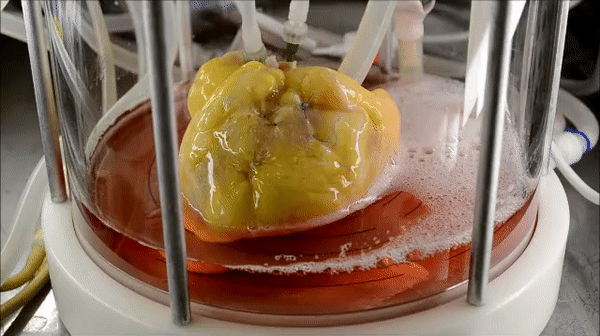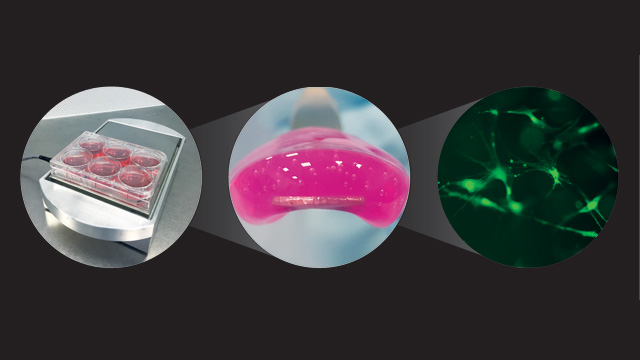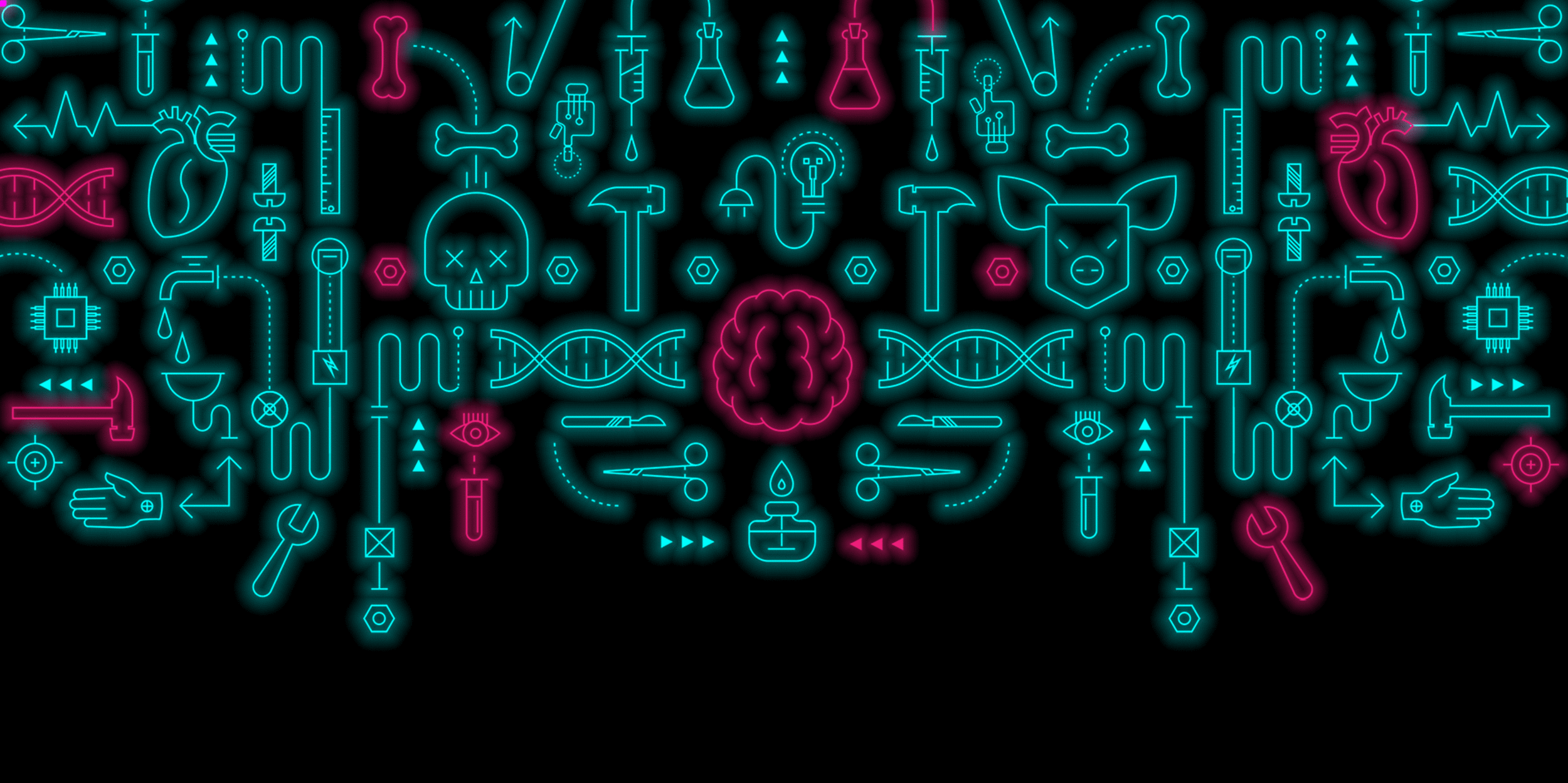To celebrate the 200th anniversary of Mary Shelley’s Frankenstein, we explore the scientific and medical research taking place into the artificial generation of human body parts, making the thought of Frankenstein’s monster perhaps not quite as farfetched as it seems…
1. EYES
Scientists at Moorfield Eye Hospital and University College London are growing eye cups using skin cells from people with rare genetic eye diseases that are being used to isolate disease-causing genes and develop targeted treatments for patients.
2. HEARTS

Massachusetts General Hospital and Harvard Medical School joined forces to create pluripotent stem cells (cells that can become several types of cells) which they used to form tissue resembling that of a developing human heart. When given an electric shock, the tissue began to beat!
3. SKIN
Doctors in the US have designed a way to treat people with severe burns by using a thin layer of stem cells taken from the patient. These stem cells are sprayed onto the wound, allowing the skin to heal evenly and completely without the need for painful, infection-prone skin grafts.
4. BONES

Scientists at the University of Glasgow and the University of the West of Scotland have created a ‘putty’ for use as a graft for broken bones. Stem cells extracted from bone marrow cells are suspended in a collagen gel and exposed to nanovibrations. Although the resulting mix is softer than human bone, it helps big breaks heal quicker and stronger.
5. MUSCLES

Researchers at Duke University have grown bundles of muscle fibres that twitch and respond to electrical stimuli. The muscle cells were grown from pluripotent stem cells or cells taken from a biopsy. This lab-grown muscle could be used to develop new drugs for muscle conditions and test the efficiency of treatments before using them on patients.
6. BRAINS
To study genetic mutations in the brain, scientists from the University of California are taking stem cells from children’s milk teeth and reprogramming them into neurons (the cells that transmit nerve impulses). These organoids resemble brains in the early embryonic stage.
7. LIVER
Liver buds have been grown from human stem cells by scientists from Yokohama City University. These immature clumps of liver cells formed their own blood supply and matured into adult liver cells when transplanted into mice. In tests the cells showed some normal liver functions. This raises hope for the possibility of one day transplanting fully functioning lab-grown livers.
